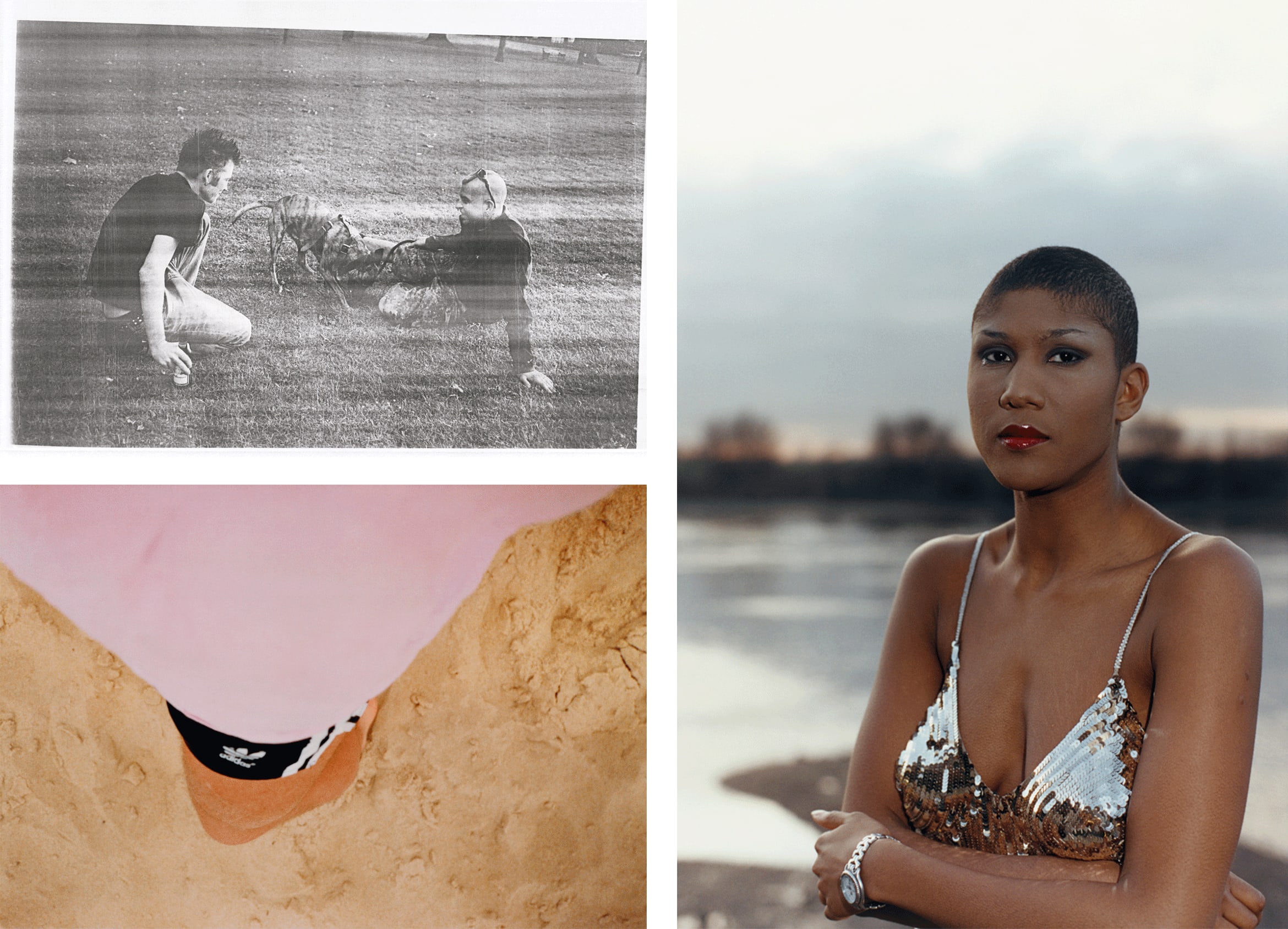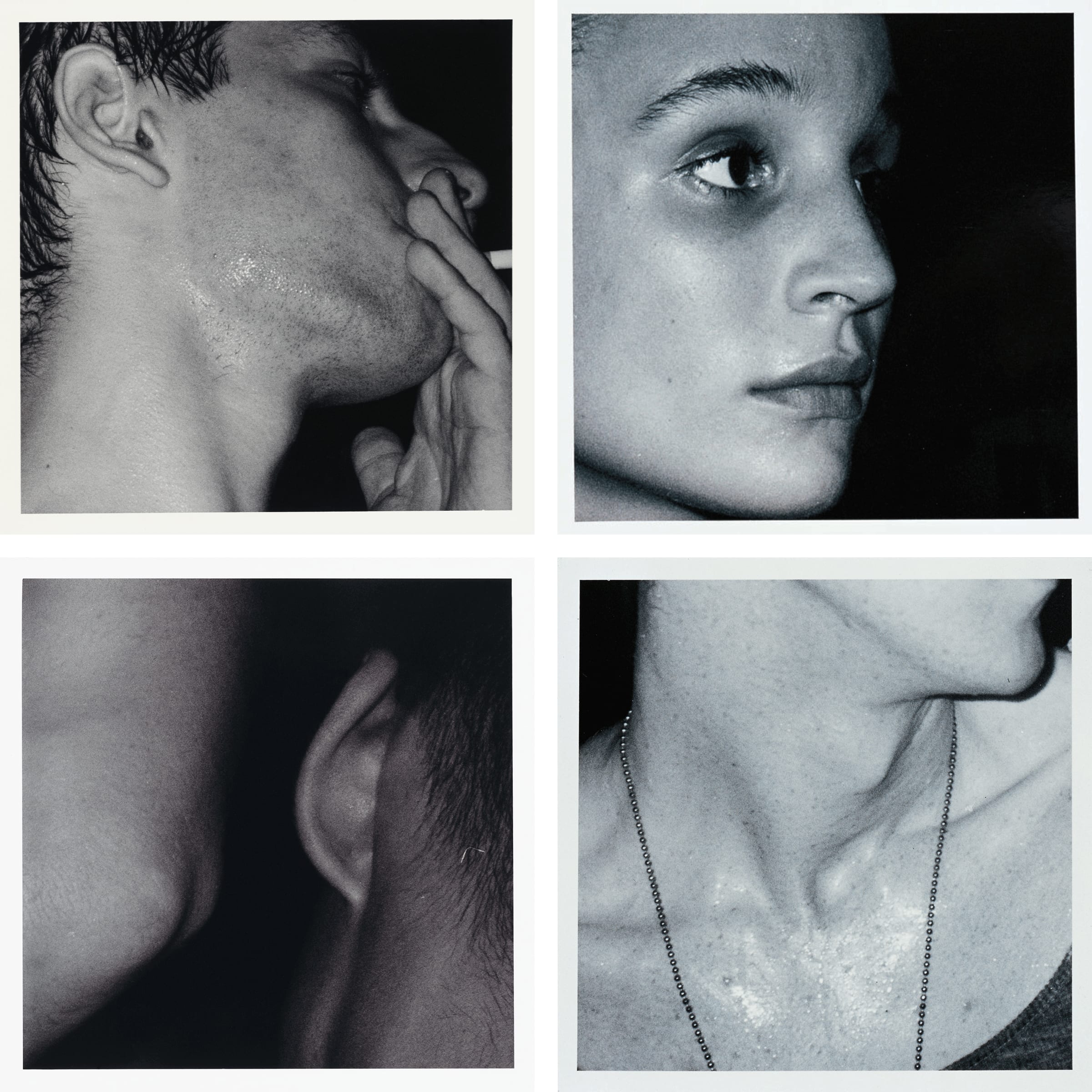For the third installment of Pierre-Alexandre Mateos and Charles Teyssou’s interviews about iconic exhibitions in commercial galleries, the two curators talk to Daniel Buchholz about his encounter with Wolfgang Tillmans and the artist’s seminal first exhibition in 1993 in Cologne.
Pierre-Alexandre Mateos and Charles Teyssou: How did you first meet Wolfgang Tillmans and what led you to organize his eponymous solo show at your gallery in Cologne in 1993?
Daniel Buchholz: He came to Cologne for an i-D magazine party. Back then, I did not know him personally but an old friend of mine, who wasn’t actually in the art world, told me to look at some of his photographs featured in the magazine. They were great. I met Wolfgang at the party, and we really liked each other, so I suggested he come to my gallery and show me his work. So, he came with a small suitcase of photographs. They were really interesting but more artistic. Underneath them however, there were some of his photographs for i-D. The most recognizable one was Lutz & Alex sitting in the trees [1992]. As I was very enthusiastic about those, Wolfgang came up with the idea of doing a show of them. He wanted to have the photographs unframed, so we hung them on the wall with tape and exhibited them along with magazine pages. This was Wolfgang’s first show in a gallery and the energy of it was rather rough.
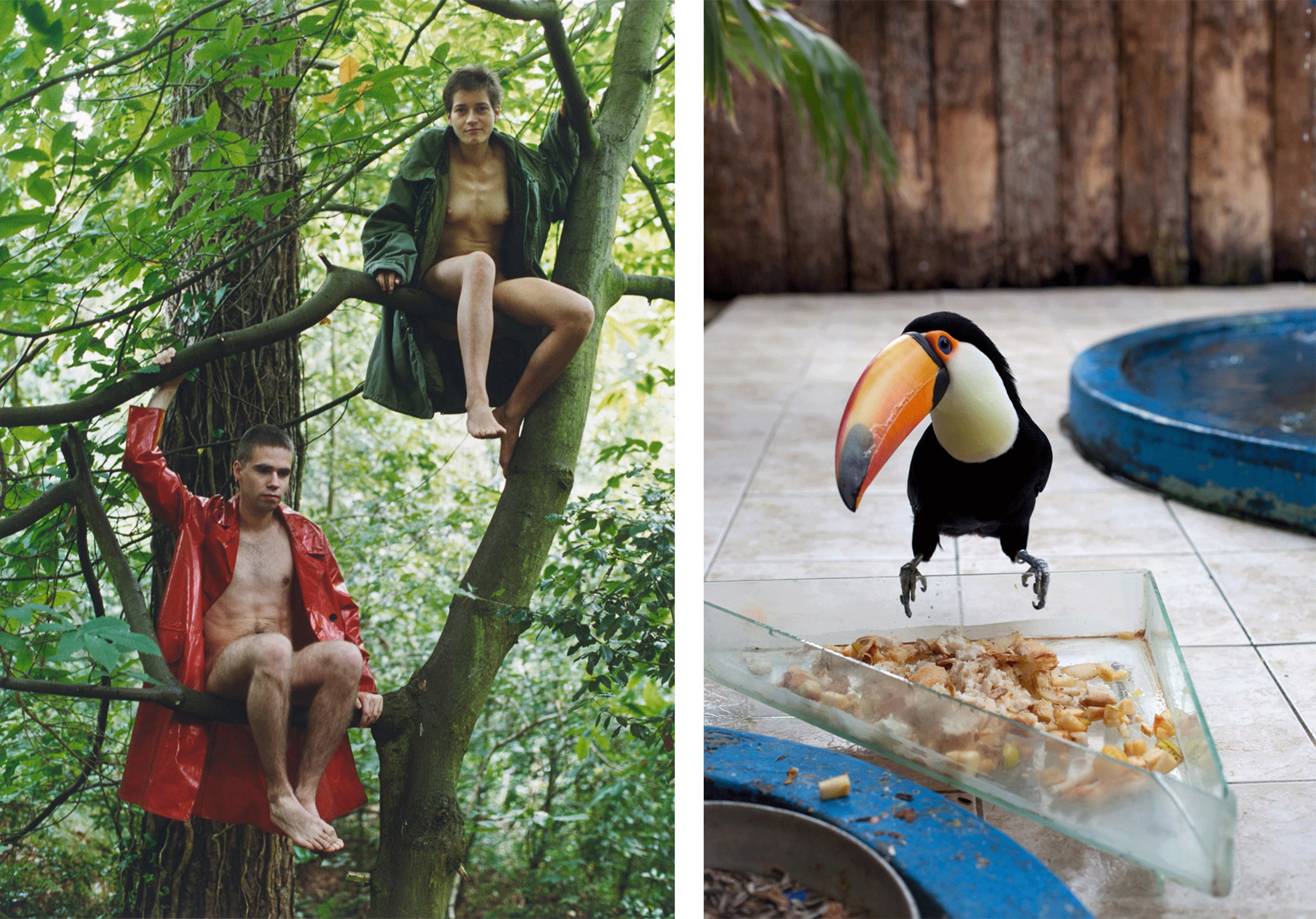
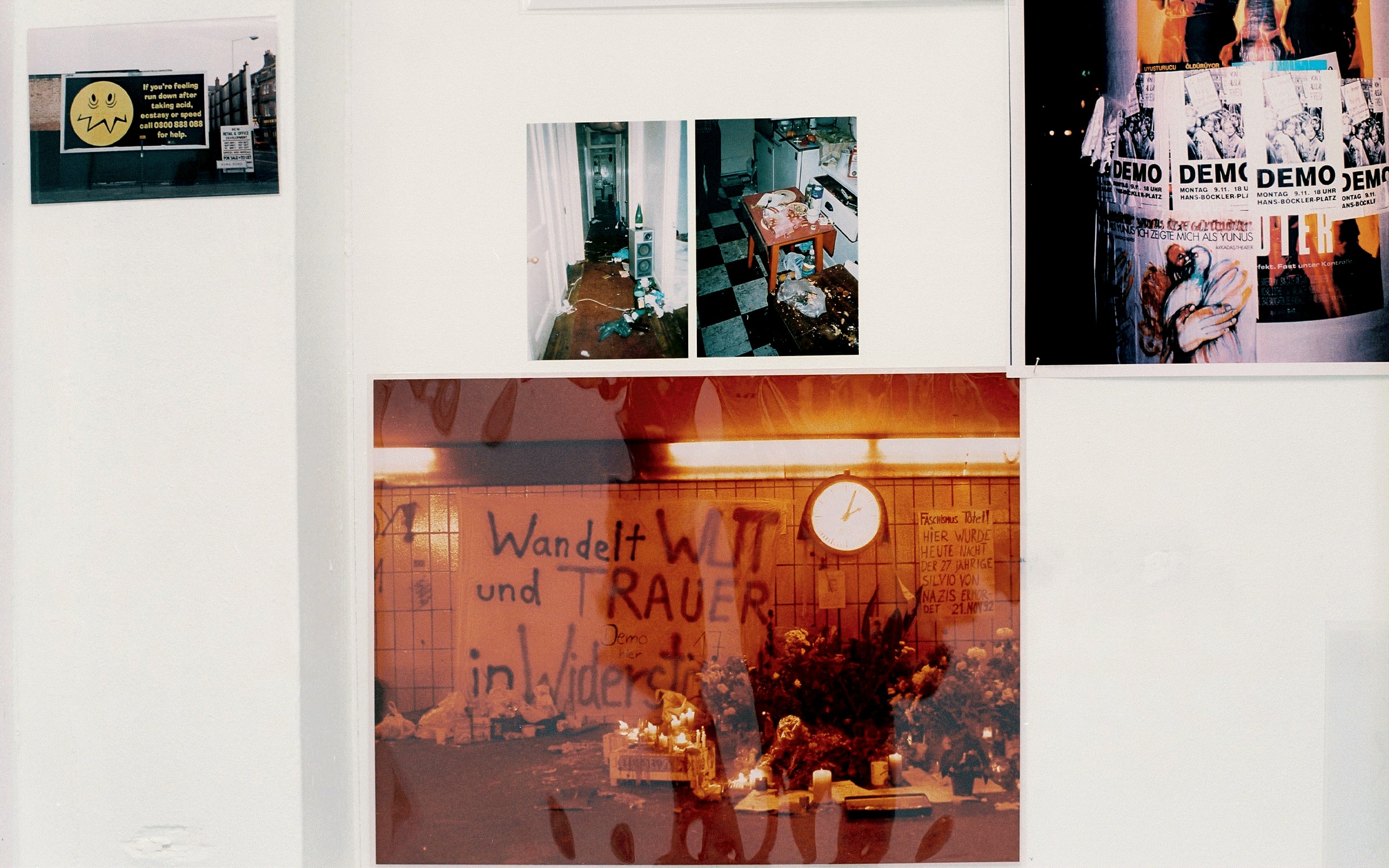
While researching the exhibition, I noticed two different venues. One is called Daniel Buchholz and the other one Buchholz & Buchholz. Why?
My father was still alive then and had an antiquarian bookstore. At the back, there was a very small room which we called ‘Buchholz & Buchholz’ which we ran in addition to my gallery, Daniel Buchholz. In retrospect you can see that all of Wolfgang’s vocabulary was already there then, concentrated in that one room – everything except maybe the abstraction. All the elements: the newspapers, the magazines, the portrait series, the music scene. You could say that what he is currently showing at MoMA in New York was already conceptualized in Cologne a few decades ago, in a very small space.
1993 is also the year when the photographic realism and theories of Dusseldorf were everywhere, from Bernd and Hilla Becher to Andreas Gursky. It seems that with this exhibition, Tillmans wanted to counter the masterclass aesthetic of this photographic school by giving value to vulnerability and fragility.
Absolutely. The exhibition talked about the vulnerability of people, the fragility of life, the political situation of that time, and the anxious economic moment, because it was soon after the Berlin wall came down in 1989.
Would he like to expand his business in Paris? It is already the case, he says, by way of off-site exhibitions, such as the Carla Accardi show organized at Le Corbusier’s jewel of a building, Maison La Roche, for the first edition of Paris + par Art Basel. He plans to pursue other exceptional projects like this ‘fine example of how art dialogues with architecture.’ This is without doubt one of his mantras – the white cube is not really for him. ‘Architecture is one of the key elements of our activity.’
In each city where he has installed a gallery, De Carlo has selected sites charged with soul. Since 2019, his gallery in Milan has been located in the Casa Corbellini-Wassermann, an icon of 1930s architecture, replete with marble and woodwork. ‘We’ve had it with the cliché of the minimalist space, where the art is supposed to be the sole actor,’ he affirms. In London, he has just restored a Mayfair apartment whose walls he painted a luminous sea-green – the original color dating back to 1723, unearthed in poor condition. ‘Maybe it’s too green? In any case, we’re happy we did it! Our artists adore this kind of context, and that’s all that matters.’
Emmanuelle Lequeux is a journalist based in Paris.
Massimo De Carlo will be part of the Galleries and Kabinett sectors in the upcoming edition of Art Basel Miami Beach, from December 1 – 3, 2022.
Caption for full-bleed images: Massimo De Carlo by Bettina Pittaluga for Paris+ par Art Basel, 2022.
English translation: Jacob Bromberg
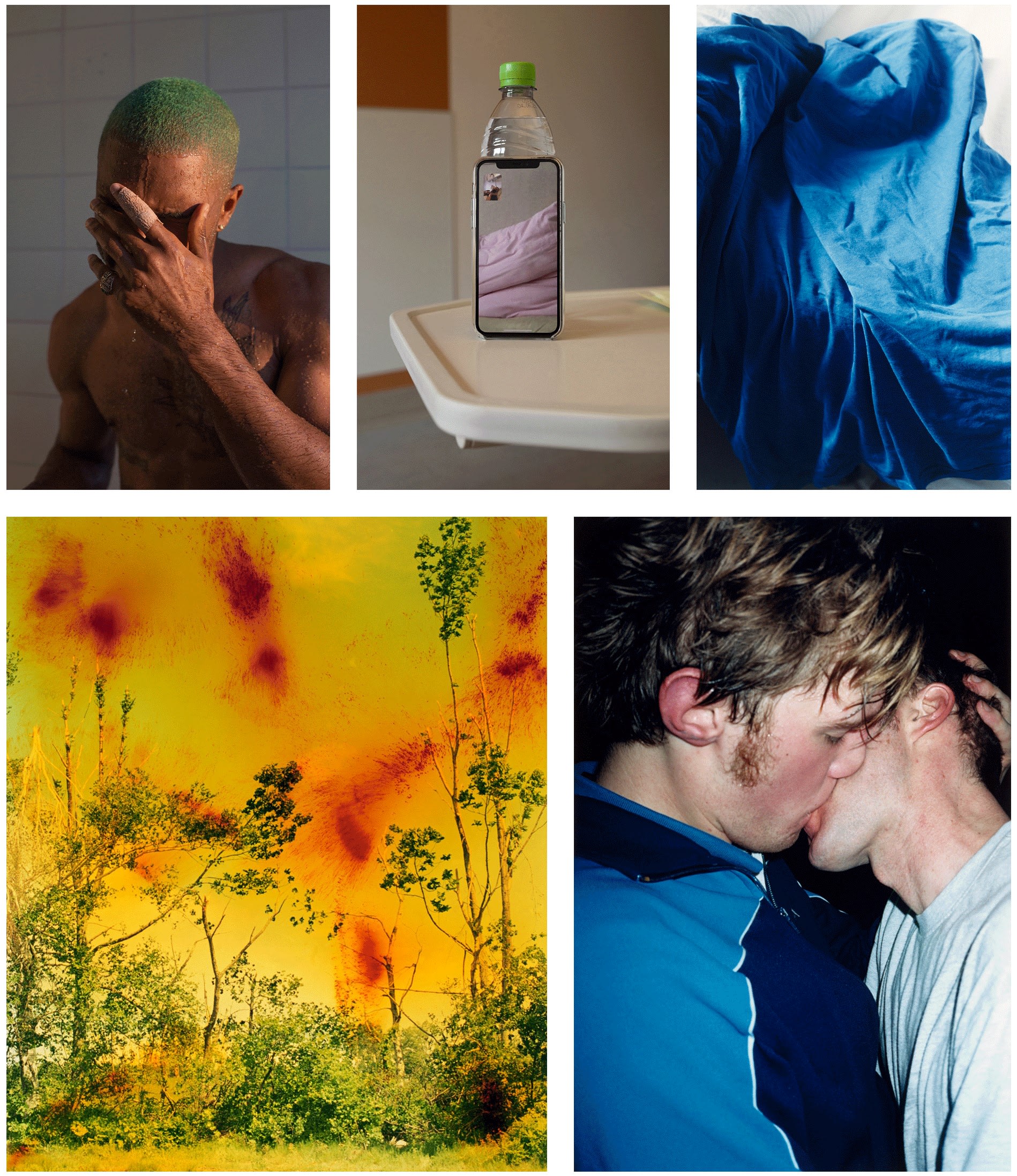
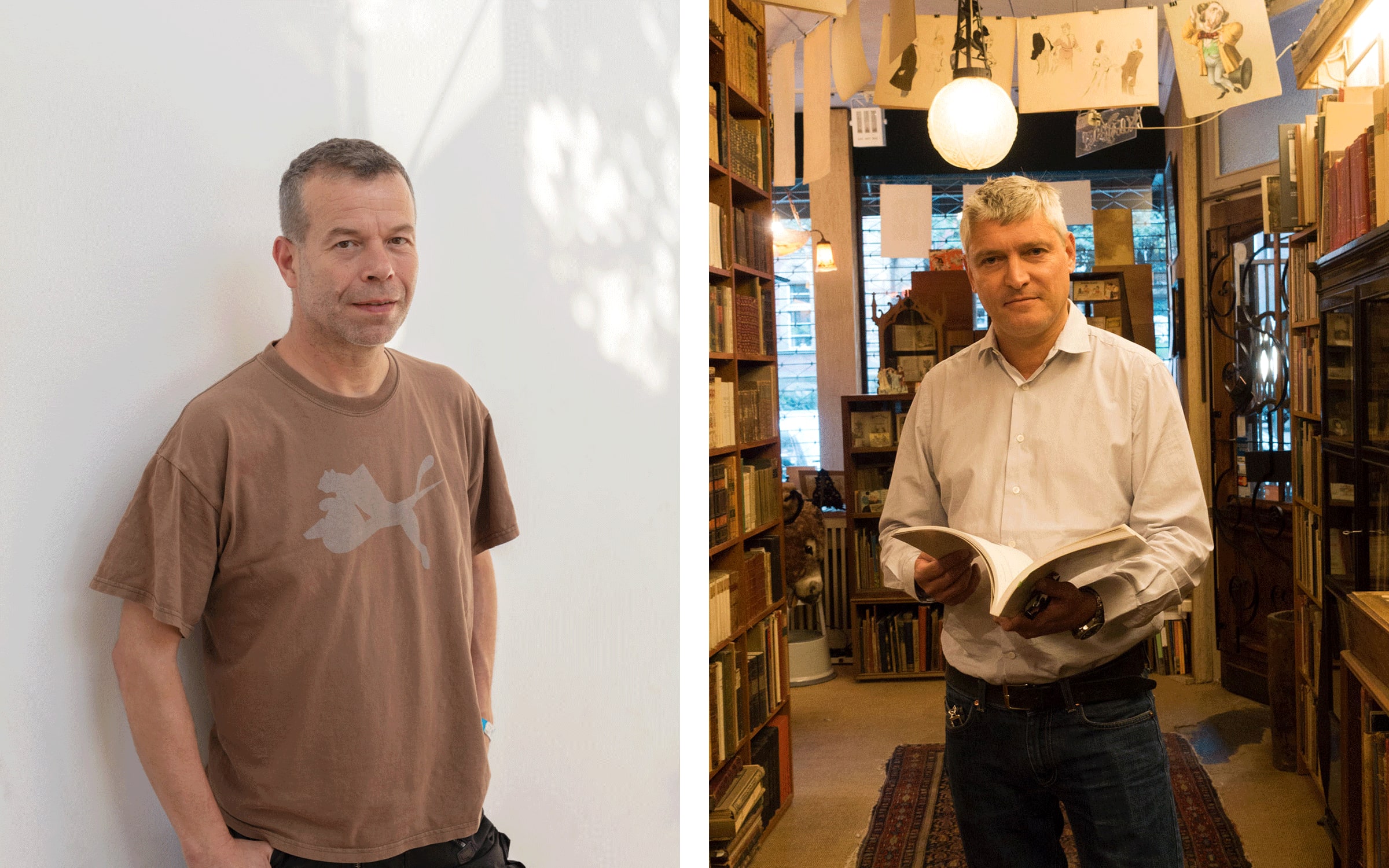
We heard that Isa Genzken and Tillmans met around that time as well. Just before his solo show, you had done an exhibition with her.
When I started my gallery in 1986, I invited her to have a show and have worked with her ever since. For our first project she had the idea to produce concrete Weltempfänger [World Receiver] and exhibit them at the music store which was down the road from my gallery. I was very young, in my early 20s, and I had the feeling that she wanted to test me. After that she trusted me, and we did her first exhibition in my gallery in 1988 with new work. Later, I introduced Isa to Wolfgang and they became good friends as well.
Curator-duo Pierre-Alexandre Mateos and Charles Teyssou were in charge of the program Conversations for the inaugural edition of Paris+ par Art Basel. Their book Cruising Pavilion will be published by Spector Books, Leipzig, Germany and HEAD, Geneva, Switzerland in 2023.
Wolfgang Tillmans
‘To look without fear’
Through January 1, 2023
MoMA, New York
